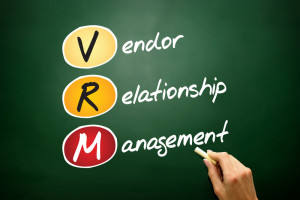My health journey continues with multiple focuses. And my journey through digital front doors continues as well. I wrote part 1 on this topic in early November when I was in the middle of various health and dental appointments and scheduling more. I also wrote about what I thought was an awesome example of how technology has evolved in “Patient friendly testing – yes, a positive story!” in September. The end of that story was not so positive. More on that later.
appointments and scheduling more. I also wrote about what I thought was an awesome example of how technology has evolved in “Patient friendly testing – yes, a positive story!” in September. The end of that story was not so positive. More on that later.
Here are a few anecdotes from my recent experience:
Cataract surgery – I had my initial consultation appointment the end of November and have surgery scheduled for mid-February. Specialized eye drops were prescribed to start taking a few days in advance of the surgery. As soon as I left the doctor’s office, I received a text message that my eye drop prescription from my doctor was pending payment with this special pharmacy – for immediate delivery to my home I should click the link to pay $82.50. I was a little suspicious of a text asking for payment like that and knew I didn’t need to have the eye drops until February, certainly not immediate home delivery. I called the doctor’s office to confirm the text was legitimate and asked how to handle the timing of delivery. I was told I could just text back regarding delivery timing which I did and got a reply that they could do that. I thought great, there’s a person on the other end. But then I received several more automated text reminders to click the link so they could ship right away. Then they called me. I talked through the timing and gave them my payment info. Their proactive communication (and persistence) was a plus, but I was more comfortable with real-time communication to coordinate specific delivery schedule and payment.
Bone health – I had a virtual visit with a Nurse Practitioner from the Bone Health clinic at my primary hospital. This was part of follow-up from my fall and pelvic bone fracture in August. The virtual visit was easy to get into and very thorough. I learned that more and more elders are asking to be seen in person – not this one unless there is a reason to “lay hands on me”. Continue reading





